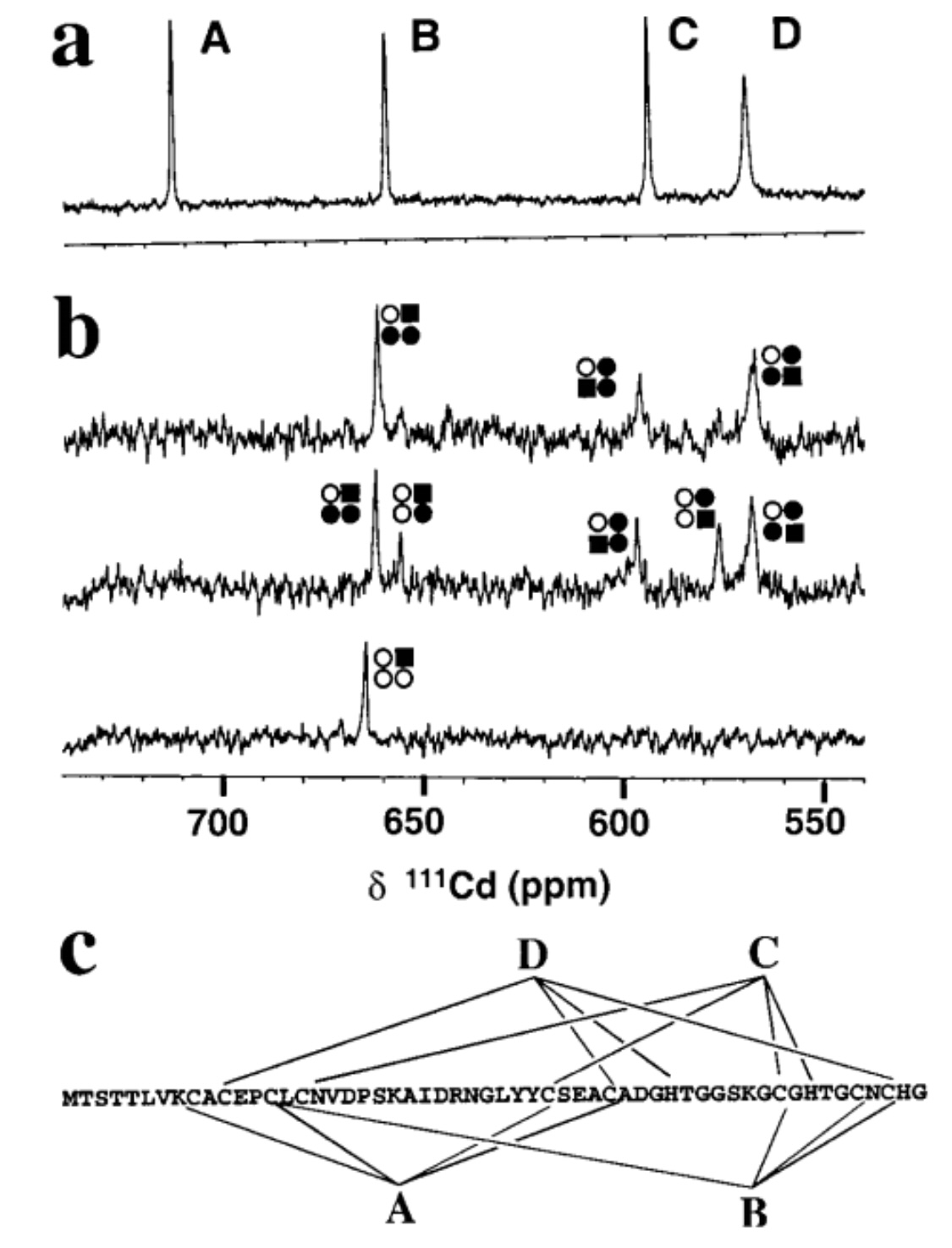Part:BBa_K112805
[T4 holin]
Holins from T4 bacteriophage assemble together to form pores on inner membrane of bacteria allowing lysozyme to reach periplasm and degrade peptidoglycan layer.
Group: (Michigan 2017) Author: (Aaron Renberg) Summary: We improved this part by optimizing the codons for translation in E. coli using IDT’s codon optimization tool, and by eliminating the illegal XbaI site that Imperial College London’s 2011 team found, making it much easier for future iGEM teams to use. The changes we made were T358C, T556C, T563C, and T571C. Additionally, we constructed three different versions (of varying promoter strength) of a temperature controlled kill switch using holin, endolysin and antiholin. Link: https://parts.igem.org/Part:BBa_K2301000
Sequence and Features
- 10COMPATIBLE WITH RFC[10]
- 12COMPATIBLE WITH RFC[12]
- 21COMPATIBLE WITH RFC[21]
- 23COMPATIBLE WITH RFC[23]
- 25COMPATIBLE WITH RFC[25]
- 1000COMPATIBLE WITH RFC[1000]
Characterized by CAFA_China 2022
- We constucted a gene circuit include lacZ gene (BBa_I732019) and T4 lysis Device.
- The experimental result shows that the OD600 of recombinant cells with pBAD-lacZ-T4 lysis gene circuit reduced significantly by 2-3 times than non-recombinant cells after induced by different concentrations of arabinose.
Contribution of SCAU-China 2023
What have we done?
To achieve control over toxicant concentration, we introduced components labeled with BBa_K4632016 [1] and BBa_K112806[2] to create the T4-T4 lysis device. BBa_K4632016 was originally from BBa_K112805[3]. BBa_K112805's codon was optimized for Escherichia coli(E.coli) expression.
We characterized the component to demonstrate its effectiveness, as detailed in the construction and characterization section.
construction and characterization
In our initial validation experiments, we utilized a dual-plasmid system consisting of pBAD24M and pBAD33 to test our device. (Plasmid maps can be found in Figures 1)
1. Construction
First, both sets of plasmids were co-transformed into E. coli TOP10 using the KCM ice-cold method, and the success of transformation was confirmed using PCR.
Next, the successfully transformed engineered bacteria were streaked onto agar plates and incubated at 37 degrees Celsius. Single clones were selected and inoculated into liquid LB medium. Inducer was added, and the cultures were grown for 6 hours.

Fig.1 Diagram of second set of verification systems circuit design
2. Growth Curve Testing of the Second Verification System
Single clones were selected and inoculated into LB medium. After overnight incubation, the OD600 was adjusted to 0.6, and arabinose was added to a final concentration of 0.02%. The cultures were shaken for 21 hours in a sterile 96-well plate, and a growth curve was plotted. The blank control group was LB broth, the control group was wild Top10, and the experimental group was the second set of engineering bacteria for verification system. There were 6 replicates per group.

Fig.2 Growth curve testing of the second set of verification system
The growth curve revealed that the bacterial density continued to rise in the first 4 hours and began to decrease after 4 hours, stabilizing around the 9th hour. In contrast, the control group's bacterial density continued to rise.
At the 4th hour, the quorum sensing signal reached the threshold, initiating lysis gene expression. The engineered bacteria lysed, resulting in a significant decrease in bacterial density, which stabilized around the 9th hour.
More details please see https://parts.igem.org/Part:BBa_K4632024 Edited by SCAU-China 2023.
| None |



